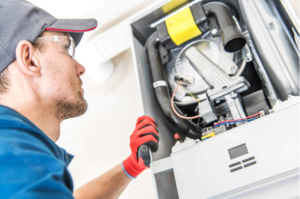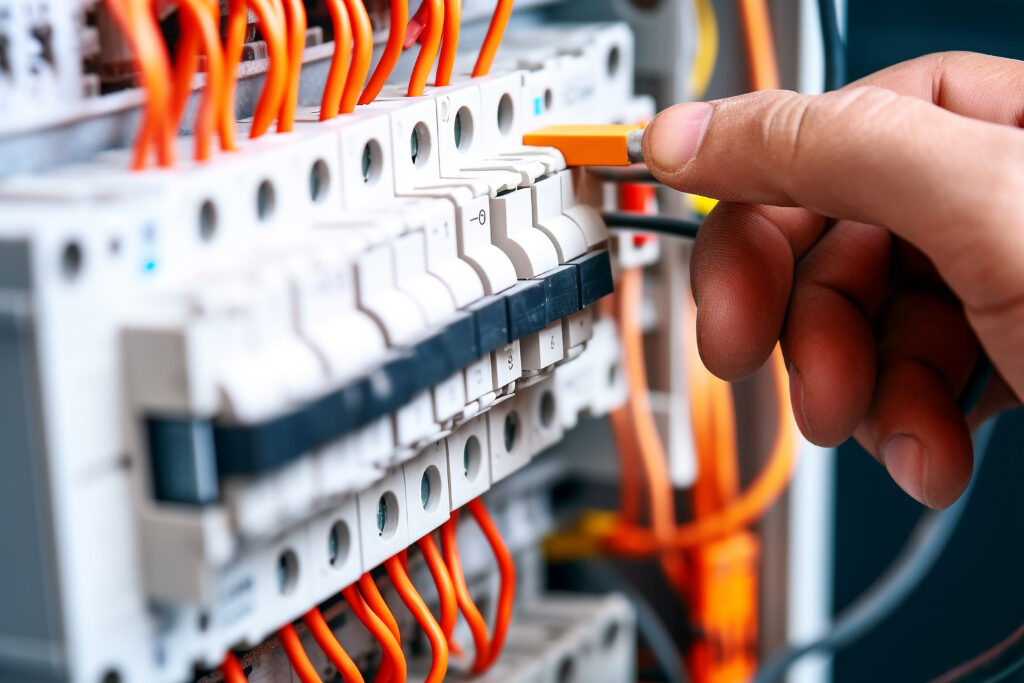
Every time you need your HVAC in its exceptional condition, you may begin to notice some irrational performances. There may be some indications showing you haven’t undertaken routine maintenance in a while. Even if you haven’t seen any symptoms yet, you should keep an eye on your furnace’s motor.
Various variables might cause your HVAC unit to become ineffective, ranging from minor difficulties that can quickly resolve to severe. Your blower motor is a crucial component. It can significantly impact the degree of comfort and air quality in your house if it isn’t performing correctly. Here’s a guide to assessing your blower motor needs replacement or repair.
Functions of A Blower Motor
The blower motor is a part of your HVAC system that pushes conditioned air through your home’s vents.
- It circulates the cold air produced by your air conditioner throughout your indoor space.
- Guarantee that the temperature is maintained
Regulate the thermostat by rotating a fan, which causes air to travel through your home’s ducts and vents.
A blower motor can move a significant amount of conditioned air. There are two types of the blower motor
- The single-speed blower motor
- and the variable-speed blower motor
Signs that your blower motor is going bad
There are four primary signs that your blower motor is failing:
Lack of airflow from the vents
Weak airflow can be a sign of other issues, such as clogged air filters, but it’s also possible that the motor is to bl. Various conditions might cause this, but it’s also a classic indicator of a broken blower motor.
Strange noises
Screeching and squeaking noises usually indicate a problem with the motor’s bearings or a broken belt. Clanking, on the other hand, is frequently indicative of loose components. This shows that something is damaged or unplugged.
A costly energy bill
The blower motor is your HVAC system’s component that moderates the energy. Hence, as it becomes old, faulty, or ineffective, you can expect it to consume more energy to accomplish the required outcomes.
Overheating
Many issues might cause your motor to overheat, and they all need to be handled now. Ideally, your routine check-up will prevent the problem from deteriorating to the point of overheating, but if it does, you’ll need to act quickly.
How to test the furnace blower motor
There are some personal assessments you can run to figure out whether your furnace’s blower motor is in good condition:
1. Verify its receiving power – if the correct voltage is not flowing in from the board, start by verifying the voltage at the outlet, then move on to the transformer, ensuring that high voltage is coming in and 24 volts is being sent out to the board.
2. Check the capacitor – whether you do it before or after jumping out the blower motor, check the capacitor to determine if it fits manufacturer specifications. Replace it and retest if it doesn’t work.
3. Check the motor hotness – some engines get old and dusty. If the blower becomes too hot, it can lock up and stop spinning or keep turning but not complete the circuit due to an open winding inside the motor
4. The blower motor won’t spin – If the rotor that holds the fan blower wheel won’t spin or is difficult to turn, the blower motor is likely broken. If the engine is receiving appropriate power and the capacitor is functioning correctly, but the blower will not spin freely, it may have seized, which is not uncommon.
5. The motor spins but makes a scraping or screaming noise — The motor may have sufficient voltage but makes this godawful screeching noise. Check to see whether the squirrel cage is rubbing on the blower housing’s side. Re-tighten the locking nut on the rotor shaft, so it doesn’t slide and center the wheel inside the blower housing.
6. Check the blower wheel’s spine – this might be detached from its fins, which cup and throw the air into the ducts. The air pressing against it creates metal-on-metal friction, which causes noise. The detached wheel spins much faster than the spine linked to the rotor shaft—retest after replacing the blower wheel.
7. Filters and dirty blower motors – Blower wheels can get so filthy that they must clean them to get the air circulating again. The cups are so full of dust, grime, skin, and hair that they weigh down the wheel and put a strain on the engine. The clean wheel can become so light that the motor burns out because it’s been used to spinning a greater weight all this time.
You could clean everything up and get it up and running again, only to be called out two weeks later because the blower has stopped working because it has spun out. You would not have to pay for a new blower motor if you covered all of your bases by appropriately talking with the consumer.
What causes the blower motor to go bad?
In a nutshell, neglecting HVAC maintenance or overlooking repairs, especially if you’re a new homeowner, can allow the blower motor to go wrong. However, missing routine maintenance, forgetting to replace air filters, and ignoring the HVAC system’s early signs of airflow, noise, and energy inefficiency can harm its motor.
Other problematic components, such as a damaged capacitor, loose wires, transformer failures, failed valves, thermostat control issues, and others, can add to the motor’s workload.
What happens when the blower motor goes bad?
When the air conditioner is turned on, a bad blower motor can no airflow from the vents—resulting in unpleasant temperature. The heating and air conditioning system is disabled due to a faulty blower motor.
Likewise, A faulty motor can result in various electrical problems, blown fuses, and overheating, resulting in fires.
If you’ve ignored the maintenance needs of your HVAC and its bowler motor for long, it could lead to engine damage; do your best to call a professional before it gets to this stage. If you are in need of assistance, please fill out the contact form below and Coastal Home Services will answer questions you may have ab0ut your HVAC system.


